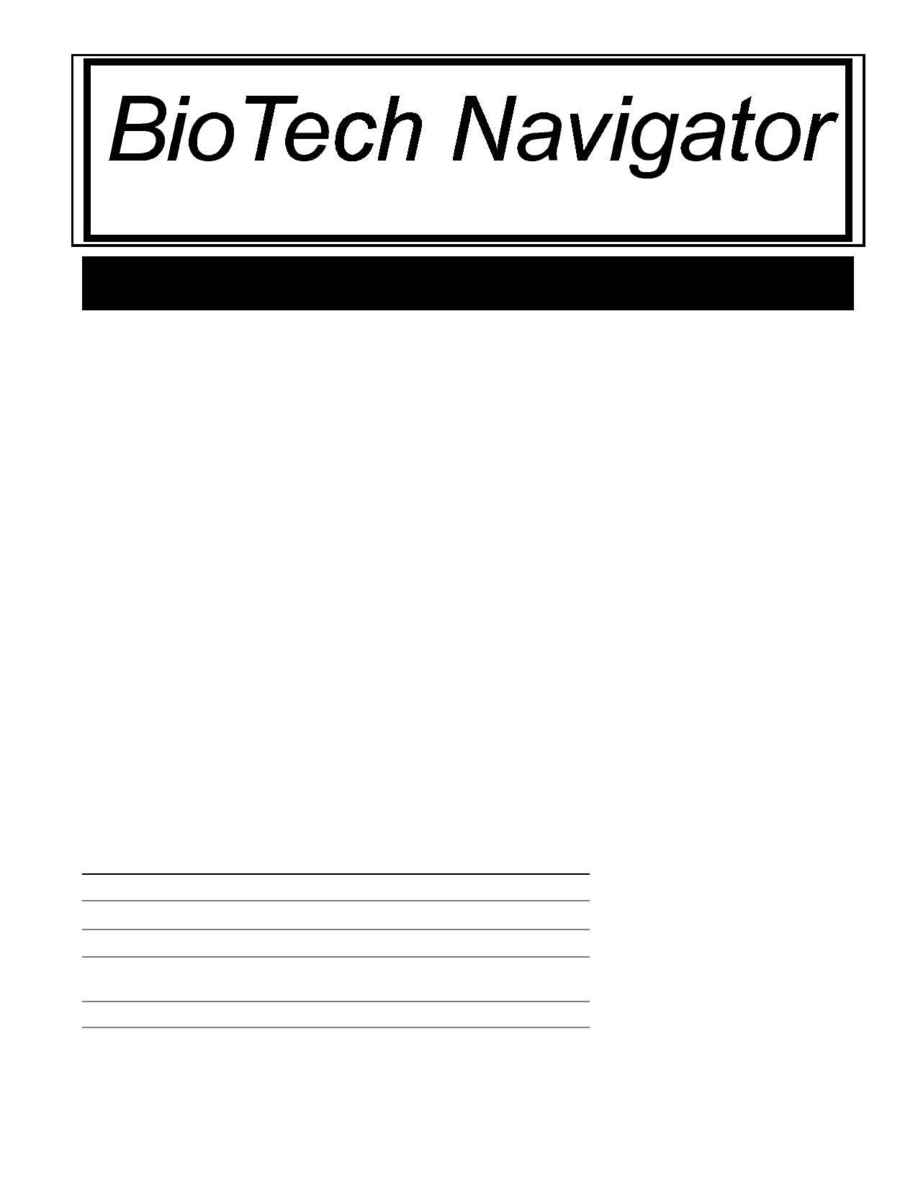
1
and significant news will have an im
pact on the rise and fall of the com-
pany's stock price. But for biotech-
nology and pharmaceutical companies
publicizing company news can be a
little complicated.
Announcing the results of
scientific research prior to publication
in a scientific journal is frowned
upon. Both in the corporate and the
academia sector of scientific research,
there is the prestige and the need to
submit and publish a scientist's exper-
imental results in a well known scien-
tific journal and to present it at major
medical conferences. It is required to
further advance and justify oneself in
the scientific community. Not only is
it a check and balance by peer review,
but the goal is to gain notoriety and to
increase the chance for funding, espe-
cially in academia. But investors
want scientific data and SEC requires
prompt disclosure of any material
event and if the corporations do not
release the information, investors and
the SEC will believe the corporations
are withholding information inten-
tionally. Then there are the analysts
from the financial institutions whose
recommendations may drive a com-
pany's stock price up, down or not at
all. Technology may have improved
the modes of communication, but in-
formation becomes a ride on the
merry-go-around.
The investment newsletter that provides the investor with the essential information necessary to wisely invest in biotechnology
securities.
Volume 1, Issue 6
August 1997
To order, call (503) 649-4490
Merry-Go-Round News
Rheumatoid arthritis (RA) is
a "chronic, systemic disease" that af-
flicts 1-2% of Americans, approxi-
mately 2-3 million people, most of
which are women. The disease is
characterized by inflammation of syn-
ovial tissues, with joint pain, swelling
and stiffness. The disease can occur
at any age, but it is estimated that
80% of patients develop the disease
between ages 35-50. RA is an -
extremely disabling disease that car-
ries a high mortality. Even with ap-
propriate drug therapy, up to 7% of
patients are disabled to some extent 5
years after disease onset, and 50% are
too disabled to work 10 years after
Modern technology has im-
proved communication vehicles by
allowing information to be readily
transmitted to anyone and anywhere
at the push of a button. With infor-
mation so easily transferable and ac-
cessible, investors should be jubilant
because information helps make
smarter investment decisions.
Sounds easy, reasonable and simple,
but is it?
According to the Conference
Board, a business-research group in
New York, "Loose lips sink stocks."
That is companies are rethinking how
much information they should dis-
close beyond basic financial reports.
It says many companies believe the
stock market doesn't adequately re-
ward efforts to measure `intangible'
corporate assets. Investors desire in-
formation to justify a company's stock
price based on the belief that the mar-
ket is supposedly an efficient market
The Pains and
Gains of
Rheumatoid
Arthritis
BioScope
Bio Analysis
1-5
Bio Background
6-9
Bio Pool Stocks
10-11
BioTech Stock Update
12-13
Next Issue:
Crohn's Disease
Bio Portfolio
14-15
Bio Indices
16
